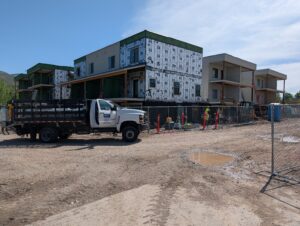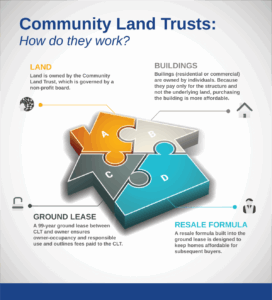LIHTC Process for Affordable Housing in Idaho
The Low Income Housing Tax Credit (LIHTC) program is a significant financing mechanism for affordable housing in Idaho. Additionally, the Idaho Housing and Finance Association (IHFA) administers the LIHTC program in the state. Here’s an outline of the LIHTC process in Idaho.
Steps in the LIHTC Process
- Application Preparation
- Firstly, developers prepare their project proposals, ensuring they meet the criteria set by IHFA. This includes gathering all necessary documentation and financial projections.
- Application Submission
- Developers submit their applications to IHFA during the specified application period. Further, the submission must adhere to the Qualified Allocation Plan (QAP) requirements, which outline the state’s criteria for allocating tax credits.
- Application Review and Scoring
- IHFA reviews and scores the applications based on factors such as project location, need for affordable housing, and project readiness. Principally, points are awarded based on how well projects align with IHFA’s priorities.
- Allocation of Tax Credits
- IHFA allocates tax credits to the highest-scoring projects. The allocation process considers both the 9% competitive credits and the 4% non-competitive credits associated with tax-exempt bonds.
- Project Financing
- Developers secure investors to purchase the allocated tax credits. Critically, this equity investment helps to lower the overall project costs, enabling developers to offer affordable rents.
- Development and Compliance
- With financing in place, developers proceed with construction or rehabilitation. They must adhere to federal and state regulations throughout the development phase to ensure continued compliance.
- Monitoring and Reporting
- After project completion, developers must submit annual compliance reports to IHFA. Regular inspections and monitoring ensure that the projects continue to meet LIHTC requirements and provide affordable housing.
LIHTC Administration by IHFA
The Idaho Housing and Finance Association (IHFA) is responsible for administering the LIHTC program in Idaho. Therefore, IHFA’s role includes:
- Allocating Tax Credits: Ensuring a fair and efficient distribution of tax credits based on the QAP.
- Compliance Monitoring: Conducting regular inspections and compliance checks to ensure projects meet federal and state requirements.
- Guidance and Support: Providing technical assistance and support to developers throughout the application and compliance processes.
Key Differences: 4% vs. 9% LIHTC Programs
- 4% LIHTC Program
- Provides approximately 30% of the project costs.
- Linked to tax-exempt bond financing, making it less competitive.
- Suitable for larger projects with additional funding sources.
- 9% LIHTC Program
- Covers up to 70% of project costs.
- Highly competitive with a limited number of credits allocated annually.
- Offers significant funding, making it ideal for projects aimed at deeper affordability.
Conclusion
In Conclusion, the LIHTC process in Idaho, managed by IHFA, is critical for developing affordable housing. Understanding the application steps, the role of IHFA, and the differences between the 4% and 9% programs can help developers successfully navigate the process. EVstudio has designed numerous LIHTC funded projects. So please reach out because we would be happy to help you with your next project!
For more detailed information, visit the Idaho Housing and Finance Association website.











